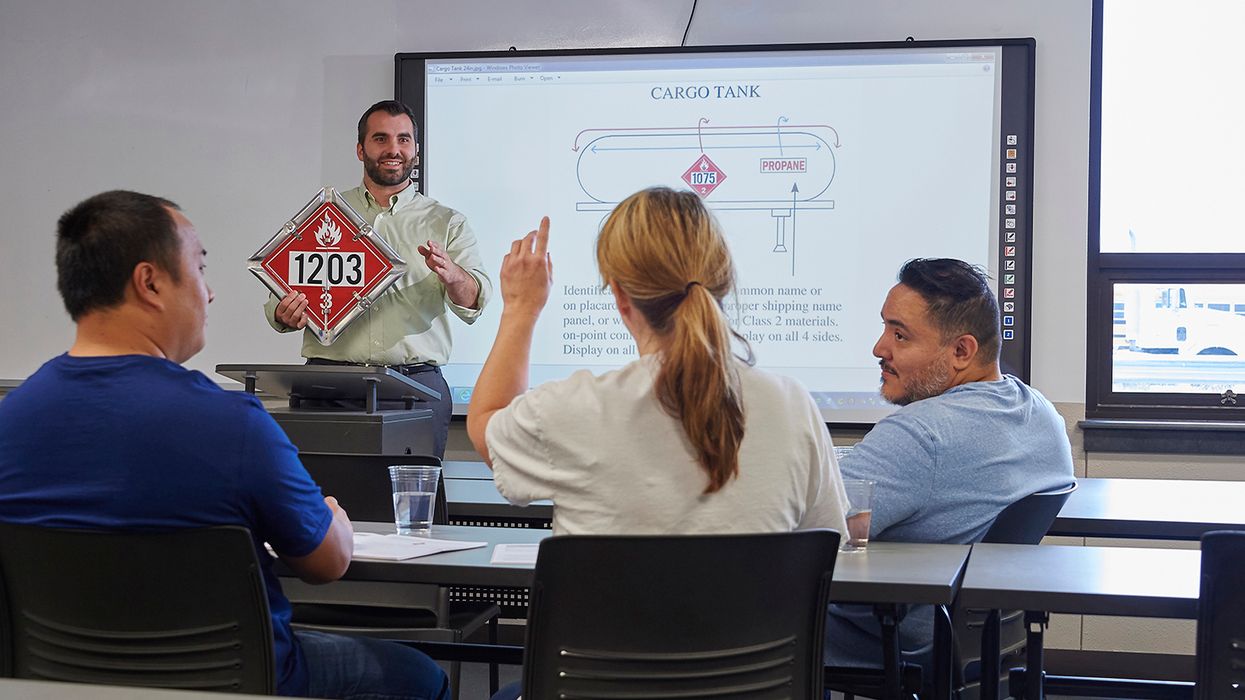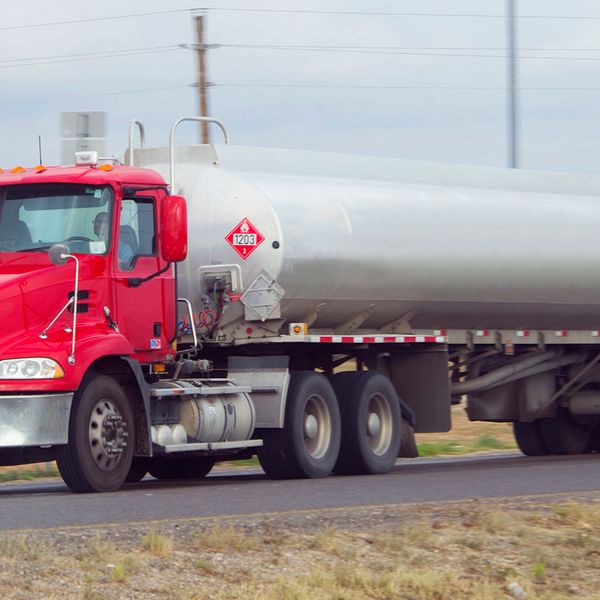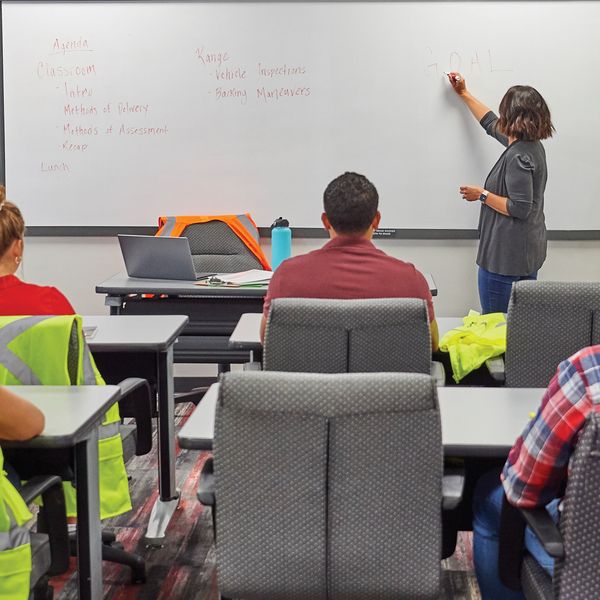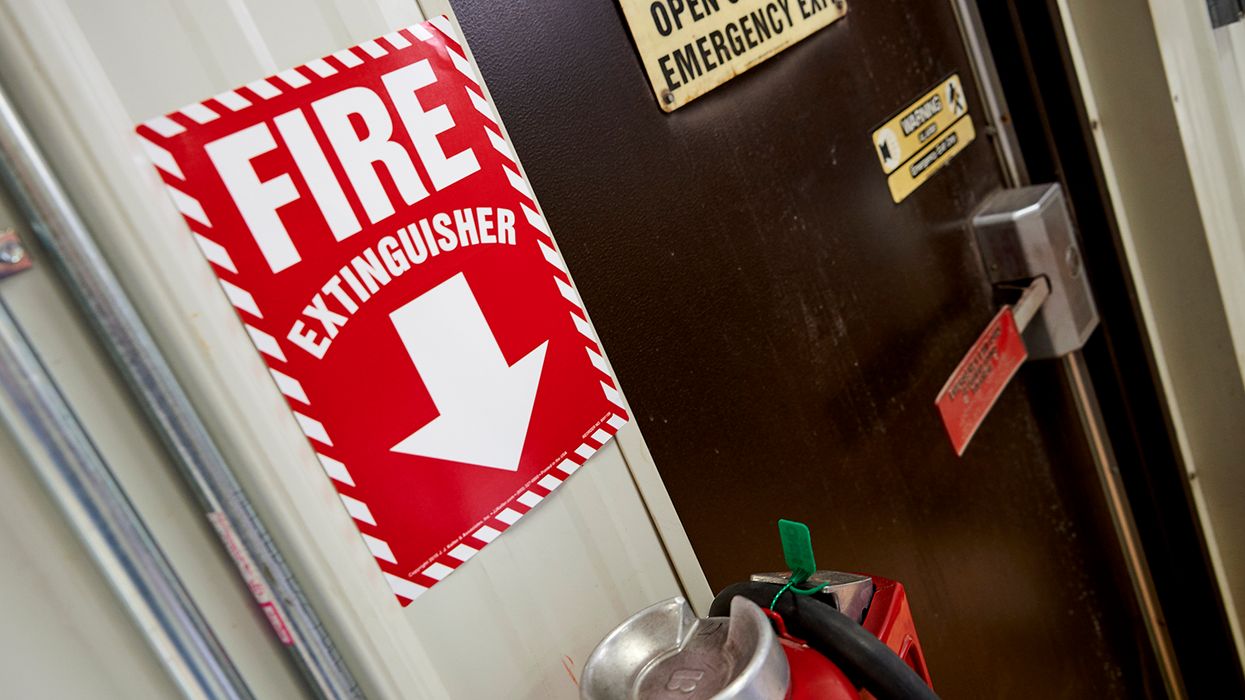Ten common errors Canadian carriers make when training drivers on TDG
Transporting dangerous goods is a highly regulated activity in Canada and it requires carriers to ensure their drivers are adequately trained. The topic is complex, and it can be easy to make errors during the training process. Understanding these common mistakes can help you improve your training program and ensure compliance with Transportation of Dangerous Goods (TDG) regulations.
Here are 10 common errors that can undermine your training efforts and advice for avoiding those errors.
1. Inadequate training content
One major error is providing training that does not cover all parts of the TDG. According to Transport Canada, training must include aspects of the TDG that relate directly to the driver's duties. This includes understanding the classification, packaging, labeling, documentation, and emergency response procedures for dangerous goods.
Ensure you don’t overlook training on different classes of dangerous goods, which can lead to gaps in knowledge.
2. Lack of practical training
While classroom instruction is essential, practical training is equally important. Practical training allows your drivers to apply what they learn in a controlled environment, reinforcing their understanding and preparing them for real-world scenarios. Without this practical component, your drivers may struggle to handle emergencies or unexpected situations effectively.
3. Failure to provide updated training
TDG regulations are continually evolving, and your training should, too. If you fail to provide updated training, you risk missing the latest regulation updates. Regularly reviewing and updating your training ensures that your drivers are aware of any changes and can adapt their practices accordingly.
4. Inconsistent training across locations
If your company has multiple locations, ensuring consistent training across all sites can be challenging. Inconsistencies can lead to confusion and errors among drivers who may receive different information depending on their location. Ensure you standardize your training as best you can and ensure that all drivers, regardless of location, receive the same high-quality training.
5. Insufficient supervision during training
New drivers might require close supervision during their initial training period. Failing to provide supervision may leave your new drivers unprepared to handle dangerous goods safely. Supervision should include direct, physical accompaniment by a trained and experienced driver, rather than relying on remote monitoring or camera surveillance.
6. Neglecting to issue training certificates
A required component of TDG training is the training certificates. These certificates are proof your drivers have received the necessary training and are qualified to handle dangerous goods.
If you don’t issue these certificates, or don’t record the required information on the certificates, it’s difficult to prove your drivers are adequately trained. Plus, your drivers need to carry their certificates. If drivers don’t have them, it may result in an out-of-service violation.
7. Overlooking language barriers
Canada is a diverse country with a multilingual workforce. You must ensure that your training materials are accessible to all drivers, including those who may not be fluent in English. Providing training in multiple languages or offering translation services can help overcome language barriers and ensure that all your drivers understand the critical information.
8. Ignoring driver feedback
Your drivers are on the front lines and can provide valuable insights into potential improvements in the training program. If you ignore driver feedback, you miss opportunities to enhance your training program. Encouraging open communication and actively seeking feedback from your drivers can lead to more effective and comprehensive training.
9. Lack of emergency response training
Emergency response training is a crucial aspect of TDG training. Your drivers must be prepared to handle spills, leaks, and other emergencies involving dangerous goods. Comprehensive emergency response training should include practical exercises, such as spill containment and first aid procedures.
10. Failure to monitor and evaluate training programs
You should regularly monitor and evaluate your training programs. This includes assessing your drivers' knowledge and skills through tests and practical evaluations. Continuous improvement of training programs based on these assessments helps maintain high standards and ensures that your drivers are well-prepared to handle dangerous goods safely.
By addressing these common errors and implementing comprehensive, up-to-date training programs, you can enhance safety, ensure compliance with regulations, and protect your drivers and the public from the risks associated with transporting dangerous goods.
Key to remember: By being vigilant in your approach to TDG driver training, you can avoid these common mistakes and ensure compliance with TDG regulations.


















































